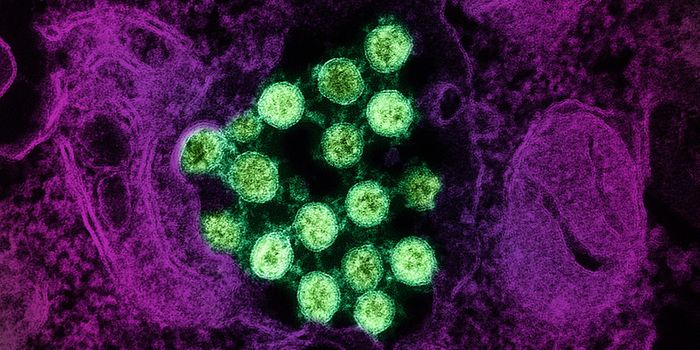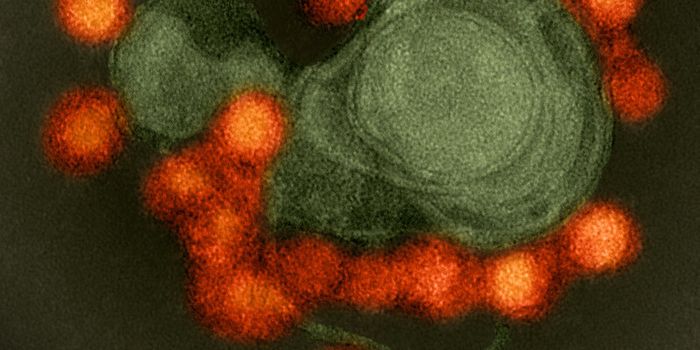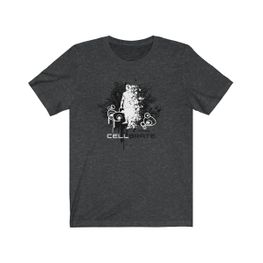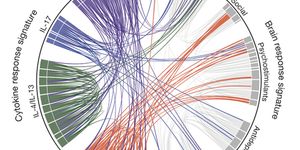There’s a lifesaving antibiotic in your nose. Right now. For real. Researchers from the University of Tubingen found that Staphylococcus lugdunensis (a commensal that lives in your nose) makes a novel antibiotic.
Antibiotics are usually made by soil-dwelling bacteria and fungi. According to study author Andreas Peschel, “the notion that human microflora may also be a source of antimicrobial agents is a new discovery”.
The group realized that potentially pathogenic Staphylococcus aureus (which also lives in your nose) was never found living alongside S. lugdunensis. They reasoned that S. lugdunensis must make some substance that wards off or kills S. aureus. Indeed, S. lugdunensis inhibited the growth of S. aureus on a culture plate.
The group performed transposon mutagenesis on
S. lugdunensis cells to find a mutant that did not inhibit the growth of
S. aureus. The mutant they found contained a transposon insertion in a gene for a putative non-ribosomal peptide synthetase (NRPS), suggesting that
S. lugdunensis may produce a
nonribosomal peptide that kills
S. aureus.
Next, they overexpressed the operon containing the NRPS genes and used mass spectrometry to identify the antibiotic compound. They identified a novel thiazolidine-containing cyclic peptide antibiotic - and named it “lugdunin”.
So, lugdunin effectively kills S. aureus, but what about other pathogens?
They showed that lugdunin has antimicrobial activity against pathogens like vancomycin-resistant Enterococcus and methicillin-resistant S. aureus. What’s more, lugdunin did not harm human cells - it did not lyse primary human neutrophils or erythrocytes, and it did not significantly alter the metabolic activity of human monocytes.
These findings open the door to commercially-producing lugdunin as an antibiotic. In fact, S. aureus did not become resistant to lugdunin, even after being exposed to it for over 30 days. Compare this to the antibiotic rifampicin - S. aureus cells became resistant after only a few days.
How exactly does lugdunin kill other bacteria? The researchers found that lugdunin stopped bacteria from incorporating radioactively labeled DNA, RNA, protein, and cell wall precursors. This suggests that lugdunin may interfere with how bacteria produce and use energy, overall.
These findings prompt us to consider human microbiota as a source of novel antibiotics. According to study author Bernhard Krismer, "there are estimates which suggests that more people will die from resistant bacteria in the coming decades than cancer. The improper use of antibiotics strengthens this alarming development.”
Sources: University of Tubingen,
Nature, Wikipedia


















































